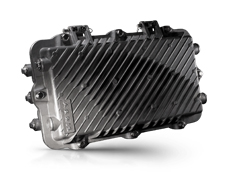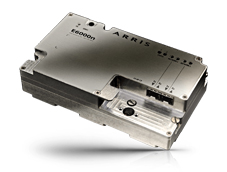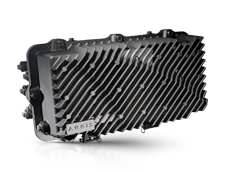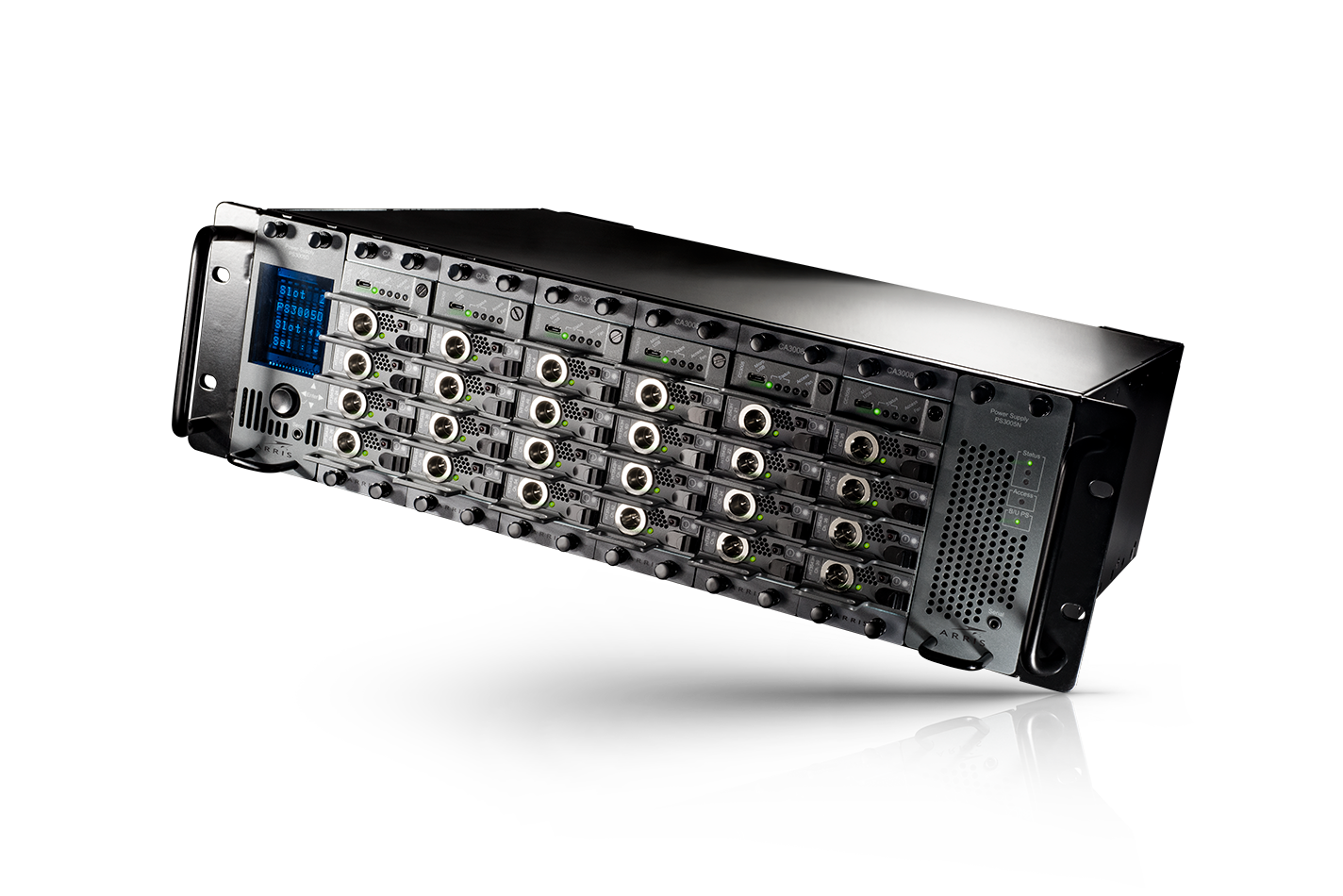DOCSIS 3.1 Deployment
Moving existing HFC networks into the future
Migrating to DOCSIS 3.1 may feel overwhelming due to the abundance of options and features on offer. After all, expecting to deliver 10+ Gbps of downstream and 1+ Gbps of upstream capacity by 2023 can seem quite daunting.
At CommScope, we can help you get there. Whether it’s pushing fiber closer to the customer (fiber deep) or deploying orthogonal frequency division multiplexing (OFDM) to the PHY layer, we have the knowledge, experience and solutions to help you succeed.
By working together, we can use a multi-phase approach that aligns with your network configuration, service goals, schedule and, of course, budget.
Challenges and opportunities
Assessing network readiness
A solid DOCSIS 3.1 migration plan starts with evaluating your existing network to see what hardware, software, and configuration changes it requires to be compliant with DOCSIS 3.1.
A network readiness evaluation typically reviews:
- CMTS capabilities. Can your CMTS be upgraded to a DOCSIS 3.1-compatible CCAP device to support your service goals for each service group?
- Core to edge routing capabilities. Are sufficient ports and capacity available? Is the appropriate system software installed?
- Operations support system (OSS) and business support system (BSS). Are your back-office and customer-facing systems ready to fully support DOCSIS 3.1 service levels?
- Inside plant. Are components in the RF path of the inside plant ready for DOCSIS 3.1? Are power levels, attenuation levels, and input/output levels sufficient? Are there any physical obstructions for new cable installation? Is there sufficient rack space?
- Outside plant. Is the HFC infrastructure—from the fiber node to the homes passed in the RF path—capable of supporting the basic DOCSIS 3.1 configuration of 1 GHz+ forward spectrum and 85 MHz+ return spectrum?
Increasing E6000 CER service group capacity
With the growth of high-speed data unabated, cable operators continue to evaluate if their existing headend and infrastructure can support more bandwidth per household.
Depending on their specific needs, operators can plan a cost-effective approach with their existing E6000 system.
If the need is simply for more downstream capacity, a software upgrade to the existing E6000 CER will enable DOCSIS 3.1 functionality with the current GEN 1 hardware. As a result, DOCSIS 3.0 and DOCSIS 3.1 will be available to the service group, and subscribers with a DOCSIS 3.1 modem or gateway will experience 2 Gbps speeds.
To increase E6000 capacity further, operators can upgrade the DCAM, UCAM and RSM modules to Gen 2. This upgrade, coupled with the E6000 CER Ver 5.x software that supports DOCSIS 3.1 both upstream and downstream, will double the supported service groups and increase total bandwidth sixfold.
Comparison table of E6000 service group capacity
| 1:1 | 1:2 | % DS-SG compared to Gen 1 | |
| Gen 1 | 56 DS-SG 72 US-SG |
48 DS-SG 96 US-SG |
|
| Gen 1.5 (UCAM2) | 56 DS-SG 72 US-SG |
48 DS-SG 96 US-SG |
100% |
| Gen 2 (I-CCAP) |
96 DS-SG |
64 DS-SG 144 US-SG |
171% 1:1 133% 2:1 |
With this capability to deliver gigabit speeds, operators need to consider traffic engineering incorporating all the important criteria, like number of subscribers, average bandwidth consumption levels, maximum bandwidth service level agreements, and QoE (quality of experience).
Evolving to Node+0
In today’s outside plant there are significant factors at play that influence your network plans, including:
- Bandwidth capacity demands. Current traffic analysis as well as projections remain aligned with Nielsen’s Law—high-speed data consumption by high-end users increases by 50 percent per year.
- 1.2 GHz nodes. A new generation of nodes and amplifiers will enable greater bandwidth capacity upstream and downstream.
- New distributed access architecture (DAA). DAA drives functionality from the headend to the outside plant and requires the replacement of modules in existing nodes and an increase in the number of nodes over time.
- Aging plants. For many, the last significant technology update of their outside plant was decades ago. As a result, the failure rate of equipment in the field is accelerating, causing an increase in costly truck rolls.
Because of these factors and others, you need to seek solutions to optimize your operations.
CommScope nodes and module solutions allow you to move toward a Node+0 architecture and fiber deep solutions like remote PHY and FDX (full duplex). Decisions can be made service group by service group as traffic utilization on the network evolves, minimizing the disruption to network and service provisioning.
Node splitting and service group segmentation—combined with an upgrade to 1.2 GHz modules where Node+X is the initial step—along with moving to DOCSIS 3.1 will increase bandwidth per service group and improve overall perceived available bandwidth.
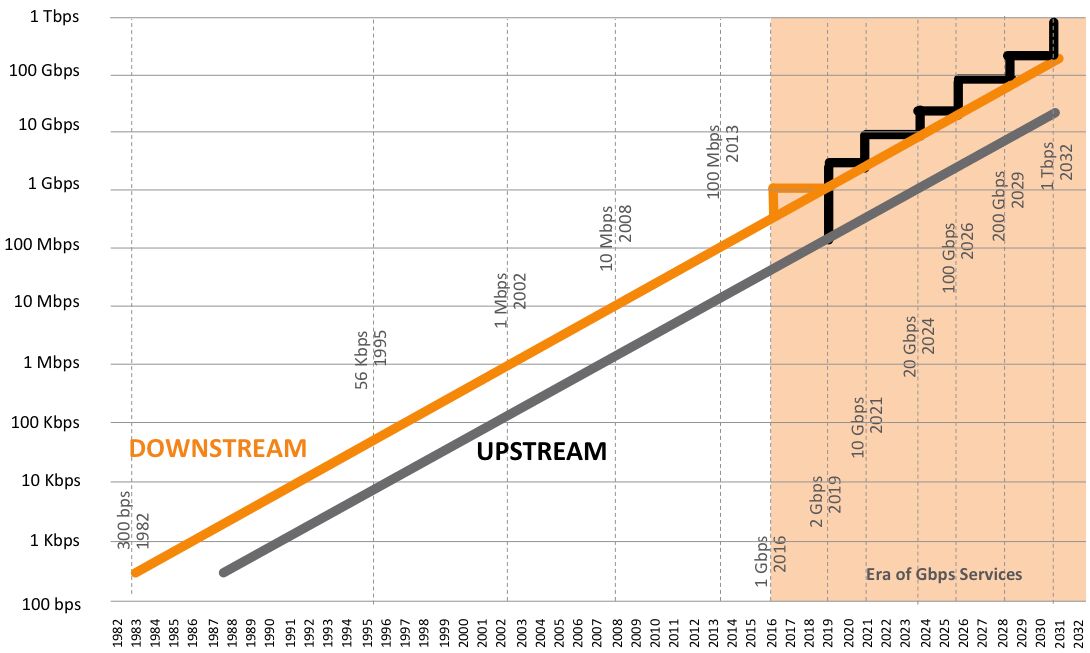
Maximizing inside plant space
Expanding service offerings doesn’t mean more costs in expanding headend facilities or building new buildings. CommScope’s unique Rack and Roll approach frees floor space for future growth, reduces operating costs, and avoids service disruptions during upgrades. The key? PODs (Planned Offsite and Delivered).
Using a POD-based architecture, our Professional Services team builds mini-hubs that contain all the infrastructure for video, voice, and data services, including DOCSIS Transport, edge QAM, VoD, cloud DVR, conditional access, set-top signaling, and ad insertion.
A POD is highly configurable, supporting multiple architectures and other operating requirements and components. PODs also use space, cables, and power very efficiently. Close collaboration ensures rack layout, cable management, and other features are optimized to your deployment needs.
We build each POD offsite. After building a POD, all services and connections are validated at the offsite location, using mock services to simulate real-world conditions. Once offsite testing and final adjustments have been made, we move the POD into the hub—handling the packaging, transportation, and re-assembly process with minimal disruption to the day-to-day operation of the hub.
Once the first POD is fully operational, decommissioned infrastructure can be removed—or redeployed in a subsequent POD or at a smaller hub.

Example POD Configuration
Why CommScope?
![]()
Setting standards
As a designer and creator of network solutions, we work hand in hand with organizations such as TIA Fiber Optics Technology Consortium and Ethernet Alliance to raise the bar of network technology.
Relentless innovations
Extending our leadership in next-generation network technologies, CommScope unveils three breakthroughs that dramatically improve network scale, speed and latency.
![]()
Certified performance
At CommScope, we not only build solutions to deliver peak performance—we also certify them. So, you can be sure your network receives exactly what you expected.
Featured resources

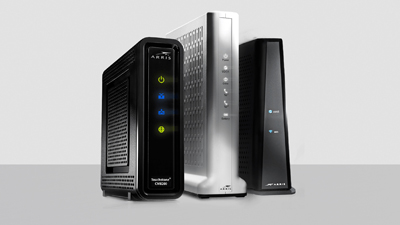

Using the versatility of the CommScope E6000 to future-proof your network
Video
Jeroen Putzeys Sales Engineering Director, discusses the increasing capacity and data speed challenges his cable operator customers face. How do you get from now to next? The E6000 is central to delivering scalable, manageable, cost-effective networks - today and tomorrow. Jereon highlights how serving group density was doubled for just a 2% power increase for a customer in Germany.
